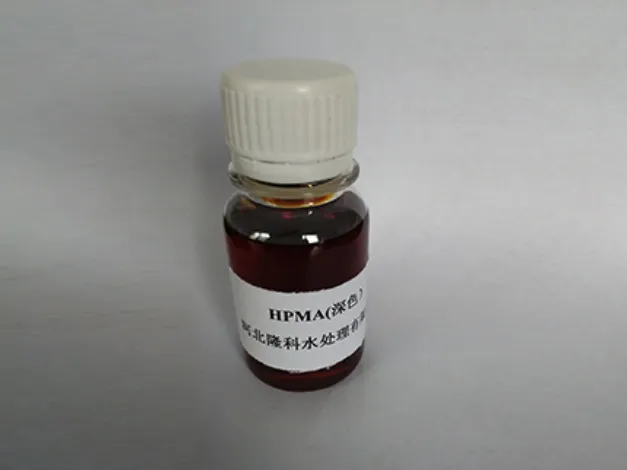Poly Aluminium Chloride Applications in Water Purification and Treatment Processes
Poly Aluminium Chloride for Water Treatment
Water is an essential resource for all forms of life, and its quality is crucial for health, sanitation, and overall ecosystem balance. As populations grow and industrial activities increase, the demand for safe and clean water rises. Various methods have been developed to treat water for various uses, and one of the most effective and widely used coagulants in the water treatment process is Poly Aluminium Chloride (PAC).
What is Poly Aluminium Chloride?
Poly Aluminium Chloride is a chemical compound formed by the polymerization of aluminium chloride (AlCl3) and aluminium hydroxide (Al(OH)3). Its chemical structure allows it to effectively coagulate and flocculate impurities in water. PAC is available in both liquid and powdered forms and has gained popularity due to its effectiveness in enhancing water clarity, reducing turbidity, and eliminating contaminants such as heavy metals, suspended solids, and microorganisms.
How Does PAC Work?
The mechanism of action of PAC in water treatment involves several steps
1. Coagulation When PAC is added to water, it acts as a coagulant, neutralizing the charges of suspended particles. This charge neutralization causes the tiny particles to come together and form larger aggregates or flocs.
2. Flocculation Once the particles have clumped together, PAC promotes the process of flocculation, where these larger aggregates settle out of the water column. Flocculants assist in creating larger and denser flocs, allowing sedimentation to occur more efficiently.
3. Sedimentation and Filtration The formed flocs eventually settle at the bottom of the treatment tank, where the clear water can be carefully drawn off the top. In some cases, additional filtration processes may be employed to ensure complete removal of any remaining impurities.
Advantages of Using PAC
poly aluminium chloride for water treatment

There are several benefits to using Poly Aluminium Chloride in water treatment processes
1. Higher Efficiency PAC is more efficient than traditional coagulants like aluminum sulfate (alum). PAC requires lower doses to achieve the same level of turbidity removal, translating to less chemical consumption and lower operating costs.
2. Wide pH Range PAC works effectively across a broader pH range (4.5-8.5), making it suitable for various water sources, including surface water, groundwater, and wastewater.
3. Reduced Sludge Production The use of PAC generates less sludge compared to other coagulants. This reduction translates to lower disposal costs and impacts on the environment.
4. Improved Settling Characteristics The flocs formed with PAC are larger and denser, leading to faster sedimentation and more efficient water clarification processes.
5. Versatility PAC can effectively remove not only suspended solids but also organic materials, color, and odor from water, making it a versatile tool for water treatment facilities.
Environmental Impact and Safety Considerations
While PAC offers numerous advantages, it is important to consider its environmental impact. As with any chemical used in water treatment, PAC must be handled and stored according to safety guidelines to prevent exposure and accidental release. Regulatory standards should always be adhered to in order to protect both human health and the environment. Moreover, the treated water must be carefully monitored to ensure compliance with health guidelines and water quality standards.
Conclusion
Poly Aluminium Chloride has emerged as a reliable and effective coagulant in the field of water treatment. Its ability to enhance water quality by removing impurities efficiently positions it as a preferred choice among water treatment facilities worldwide. As water challenges continue to escalate due to population growth, industrialization, and climate change, the role of effective treatment chemicals like PAC will be crucial in maintaining access to clean and safe water. With ongoing research and advancements in treatment technologies, PAC will undoubtedly play a key role in the sustainable management of this precious resource.
-
Water Treatment with Flocculant Water TreatmentNewsJun.12,2025
-
Polymaleic AnhydrideNewsJun.12,2025
-
Polyaspartic AcidNewsJun.12,2025
-
Enhance Industrial Processes with IsothiazolinonesNewsJun.12,2025
-
Enhance Industrial Processes with PBTCA SolutionsNewsJun.12,2025
-
Dodecyldimethylbenzylammonium Chloride SolutionsNewsJun.12,2025





